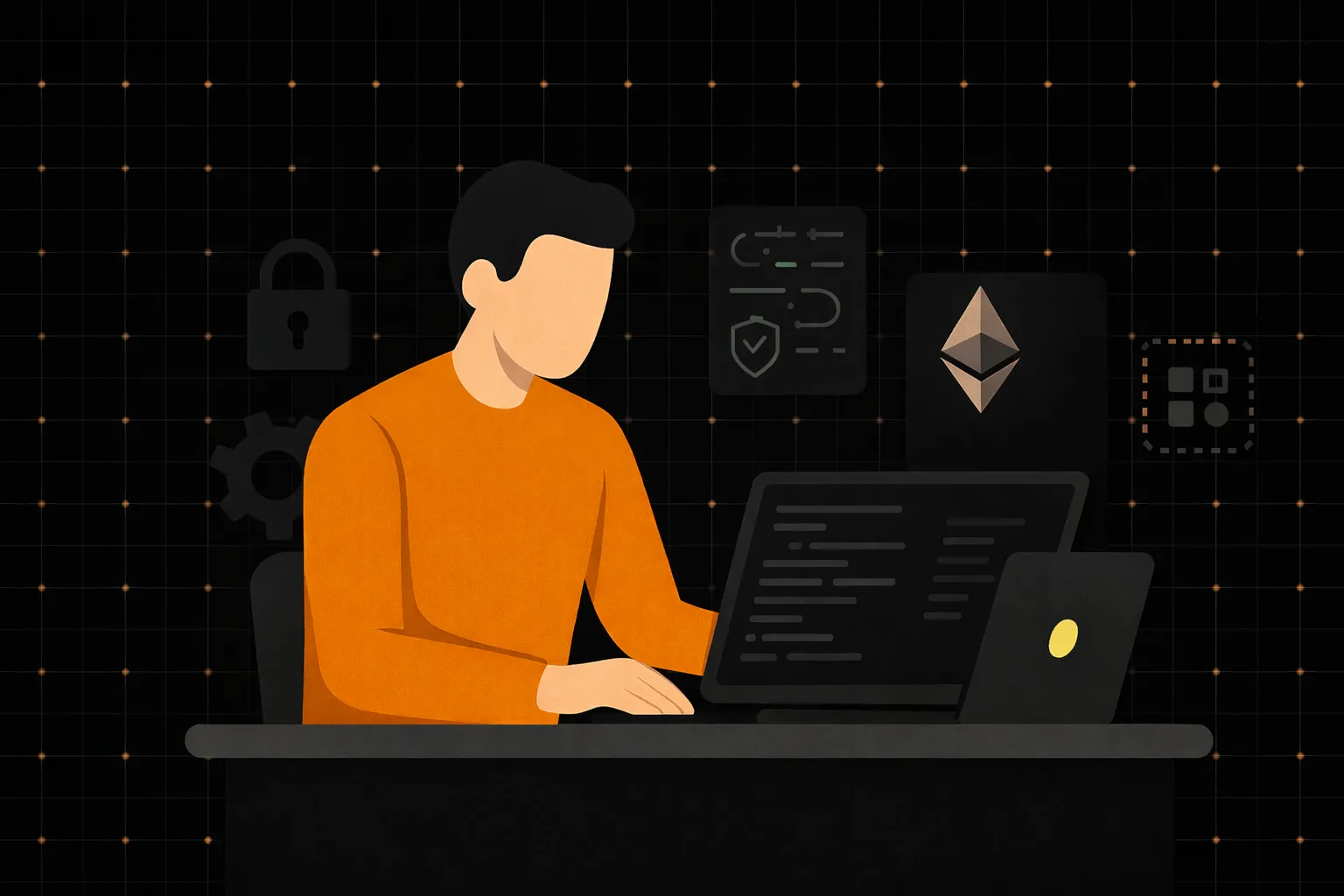Blockchain Technology has revolutionized how we think about data, transactions, and trust. As Decentralized Applications (dApps), decentralized exchanges (DEXs), and DeFi projects become more prevalent, understanding the underlying infrastructure of blockchain becomes increasingly important. One crucial component of this infrastructure is the Chain ID.
What is the Chain ID?
The Chain ID is a unique identifier assigned to a Blockchain Network. It distinguishes one blockchain from another, ensuring that transactions, Smart Contracts , and other blockchain operations occur within the intended network. The concept of Chain ID was introduced to mitigate replay attacks, where transactions from one chain could be replayed on another.
What is the Chain ID in Blockchain?
In the context of blockchain, the Chain ID serves as a vital part of the network’s identity. It is a numerical value embedded in every transaction, smart contract, and block header. This ID helps nodes and users verify that they are interacting with the correct blockchain. For instance, Ethereum’s Mainnet has a Chain ID of 1, while testnets like Ropsten and Kovan have different Chain IDs.
What is Chain ID Used For?
Chain IDs play several critical roles in the blockchain ecosystem:
-
Preventing Replay Attacks
By embedding a unique Chain ID in transactions, Blockchain Networks prevent transactions from one chain from being replayed on another. This security measure ensures that actions intended for one network cannot be maliciously replicated on another.
-
Network Identification
Chain IDs help users and developers identify the network they are interacting with. This is particularly important for dApp Developers and DeFi Platforms that need to ensure their applications run on the intended blockchain.
-
Facilitating Interoperability
As blockchain networks grow and interact with each other, having unique Chain IDs helps in managing Cross-Chain Activities, such as atomic swaps and cross-chain bridges.
Why is Chain ID Important in Blockchain?
Chain ID is important in blockchain because it serves as a unique identifier for each blockchain network, ensuring that transactions are processed on the correct network and preventing cross-network confusion. This is critical for maintaining the security and integrity of transactions, as it helps prevent replay attacks where a transaction from one network could be maliciously or mistakenly replayed on another network.
In the context of Decentralized Finance (DeFi), decentralized exchanges (DEX), and Private Blockchain Networks , the Chain ID ensures that smart contracts and transactions are executed on the intended blockchain, thereby safeguarding user assets and maintaining the reliability of blockchain interactions. This unique identification is essential for both developers and users, enabling accurate and secure network operations across various blockchain platforms.
What is the Difference Between Network ID and Chain ID?
Network ID and Chain ID are both unique identifiers used within blockchain networks, but they serve distinct purposes. The Network ID is used primarily by the Ethereum protocol to identify the network, facilitating the formation of Peer-to-Peer connections between nodes. It helps nodes discover and communicate with each other within the same network.
On the other hand, the Chain ID is used to sign transactions and is crucial for transaction validation and replay protection across different networks. This means that even if two networks have the same Network ID, their transactions will not be confused if they have different Chain IDs. This differentiation is particularly important in environments with multiple testnets or forks, such as in the DeFi space or on Decentralized Exchanges (DEX), where ensuring transaction integrity and security across various networks is essential.
How to Find Chain ID?
To find a chain ID, which is crucial for interacting with a blockchain network in the Decentralized Finance (DeFi) ecosystem and decentralized exchanges (DEX), you typically refer to the official documentation of the specific blockchain. The chain ID is a unique identifier that distinguishes one blockchain network from another, preventing potential cross-chain transaction issues.
For example, Ethereum’s mainnet has a chain ID of 1, while its testnet Ropsten uses 3. You can also find chain IDs listed on websites dedicated to blockchain information or within the settings of your wallet or blockchain explorer. This identifier is essential for developers and users alike when configuring Wallets, deploying smart contracts, or interacting with various DeFi DEX Platforms, ensuring transactions are processed on the correct network.







